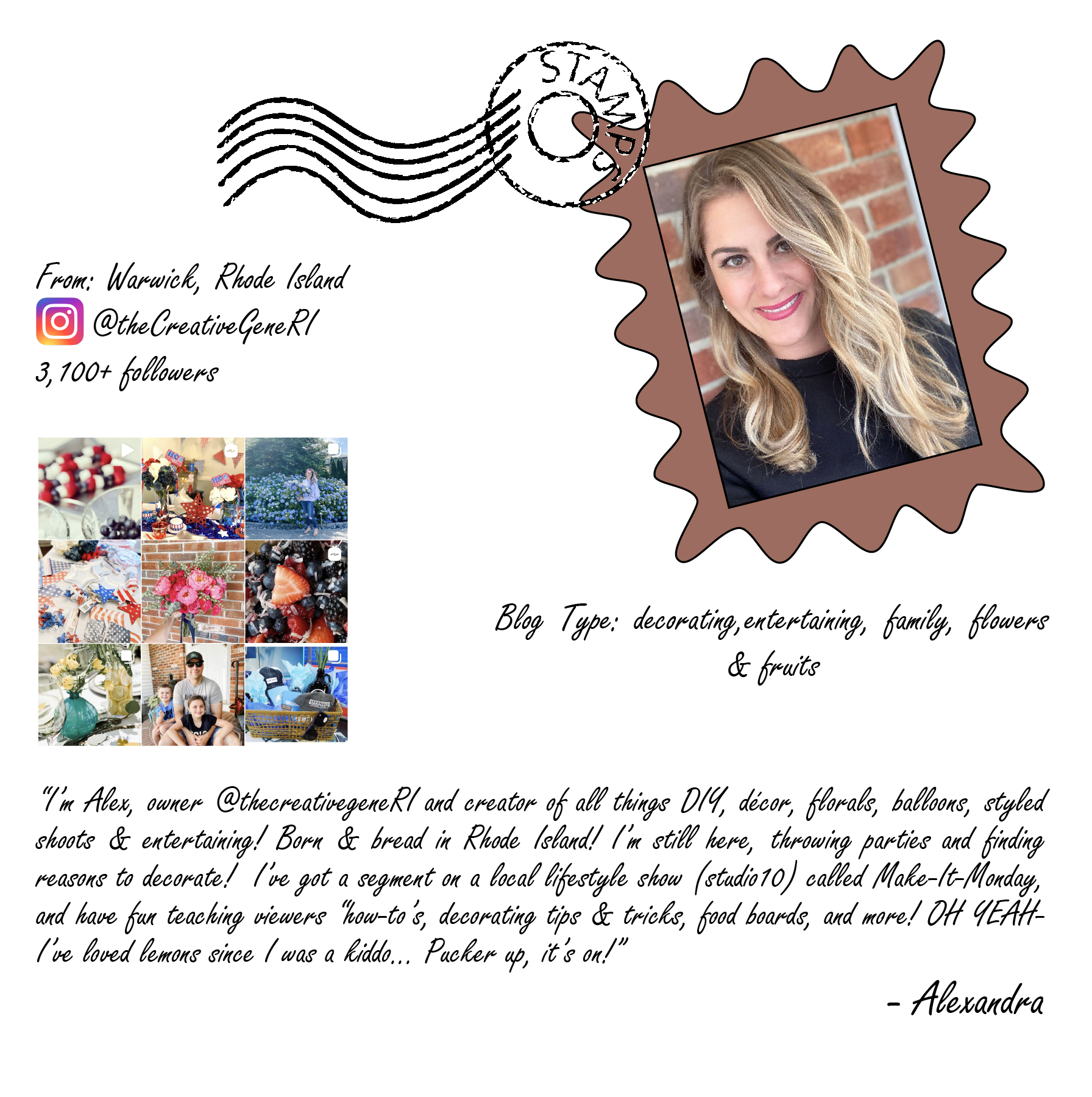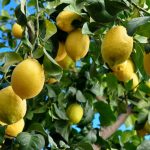SANTA PAULA, CA – Being steeped in the news of today, it can be tough at times to see the forest for the trees. But this, I have learned, is a term our industry may as well have coined for how much we put it into practice. One who is never shy about the details and how to balance them with the bigger picture is Limoneira President and Chief Executive Officer Harold Edwards, who took some time to help clear my vision of the California citrus groves.
 Harold Edwards, President and Chief Executive Officer, Limoneira“We were not alone in facing the challenges of the past year and a half, such as supply chain issues and logistic disruptions, labor issues, and foodservice challenges,” he points out, observing that it is resilience and leaning into the strengths that get any produce company through.
Harold Edwards, President and Chief Executive Officer, Limoneira“We were not alone in facing the challenges of the past year and a half, such as supply chain issues and logistic disruptions, labor issues, and foodservice challenges,” he points out, observing that it is resilience and leaning into the strengths that get any produce company through.
For Limoneira, those are high levels of fresh utilization, hitting FOB goals, and an expanded retail business coming off the 2020 shutdowns.
“We moved through our crop almost to perfection, getting in and out of the season early, which meant we sold fresh all the way through with a lot of volume. But, we saw dampened results from imports and logistical issues, just as everyone else experienced. It is focusing on the positive side that gets us through the rough patches,” he reiterates. “Happily, our fresh utilization has never been better.”
This is especially strong news because, Harold reminds me, citrus’ obstacles did not begin and end with the pandemic, which has successfully eclipsed so many pre-existing issues.
 Limoneira faced the challenges and hurdles of the past year and a half with a great crop and saw potential growth and better-than-ever fresh utilization
Limoneira faced the challenges and hurdles of the past year and a half with a great crop and saw potential growth and better-than-ever fresh utilization
“We are making our way through not one but two to three difficult years, where connectivity and scalability have been pulling, and we are doing what we need to do and gaining in strength. As a result, and against the odds, we are seeing great potential growth and volume up by 1.5 million,” Harold says.
Much of the hidden success story here, according to the leader, is how many companies, Limoneira included, followed the wave to retail. Within that space, new opportunities and relationships were formed. Likewise, if partnership and communication were upheld with foodservice accounts, organizations found themselves with an expanded rolodex.
“For our part, we have been making investments in bagging equipment that further enabled this expansion of retail partnerships,” Harold shares. “We were able to successfully sustain foodservice accounts this year as we are slowly seeing reopens as well, coupled with the added retail business that I believe is here to stay.”
As we fall into the discussion of things opening back up, I ask about any spikes in demand on the foodservice side that indicate a return to pre-pandemic trends for that side of the business.
 By following the wave of retail while maintaining foodservice relationships, Limoneira saw new opportunities take shape, leading to incremental investments in bagging equipment and an expansion in partnerships
By following the wave of retail while maintaining foodservice relationships, Limoneira saw new opportunities take shape, leading to incremental investments in bagging equipment and an expansion in partnerships
“There was certainly an initial euphoric response to restaurants opening again,” Harold observes. “We are starting to see that pull back a little bit. The demand is certainly there if we can get through the challenge of supply chain disruption, but the key takeaway there is that we are all in the same boat.”
We agree on this silver lining as we circle back to the struggles paralleling the victories. The supply chain continues to work to reprieve the line between the provider and the consumer, coupled with labor challenges and water access simmering in the background, but at the end of the day we are all in the same boat and there is a call to be answered.
“Despite the challenges, there is anticipated growth from the supply-side as foodservice recovers while retail maintains that growth. In that, it is important to remember that it is not enough to have any single aspect working to make that happen—at Limoneira we need the whole team to work together to see the success that we are achieving, and I believe we will continue to achieve,” Harold concludes.
With a balanced outlook and an understanding of what is needed to get things done, the forest, I am sure, will continue to remain in view for our industry and those we serve.
Source: andnowuknow.com





